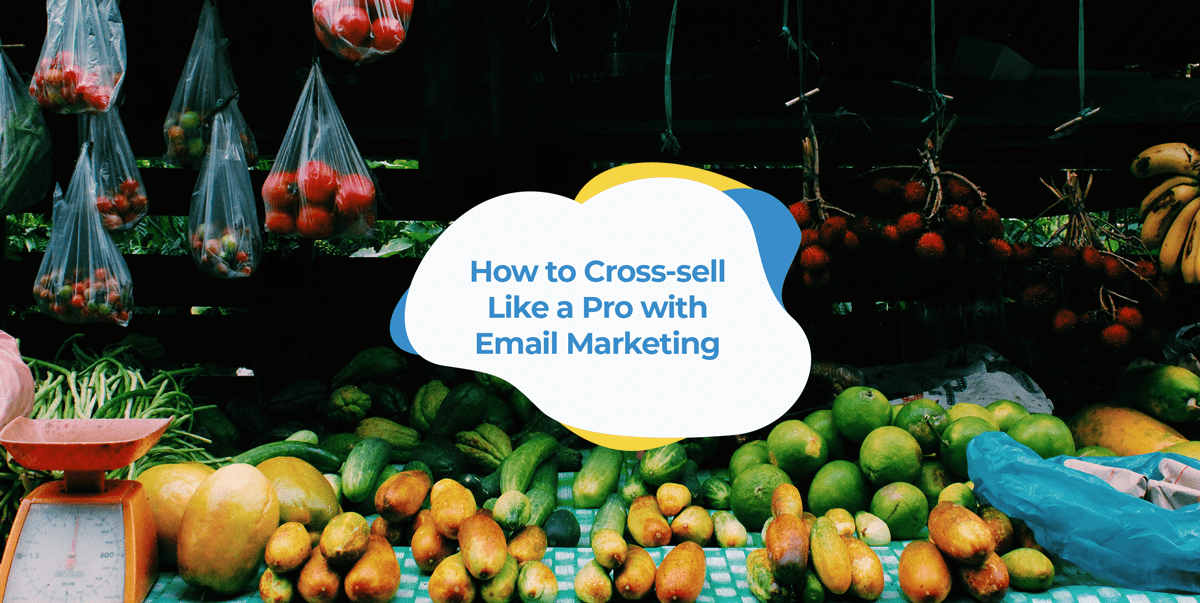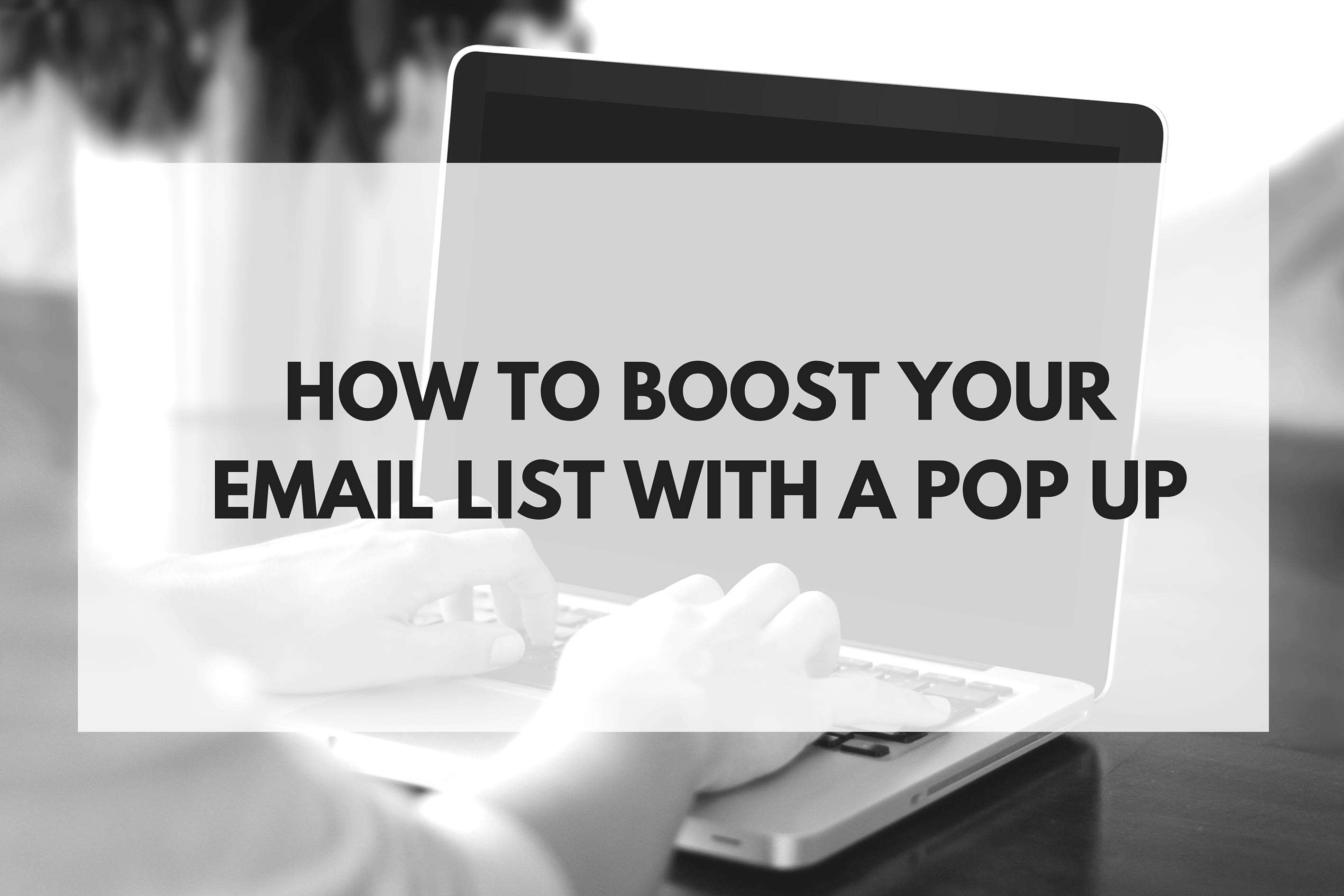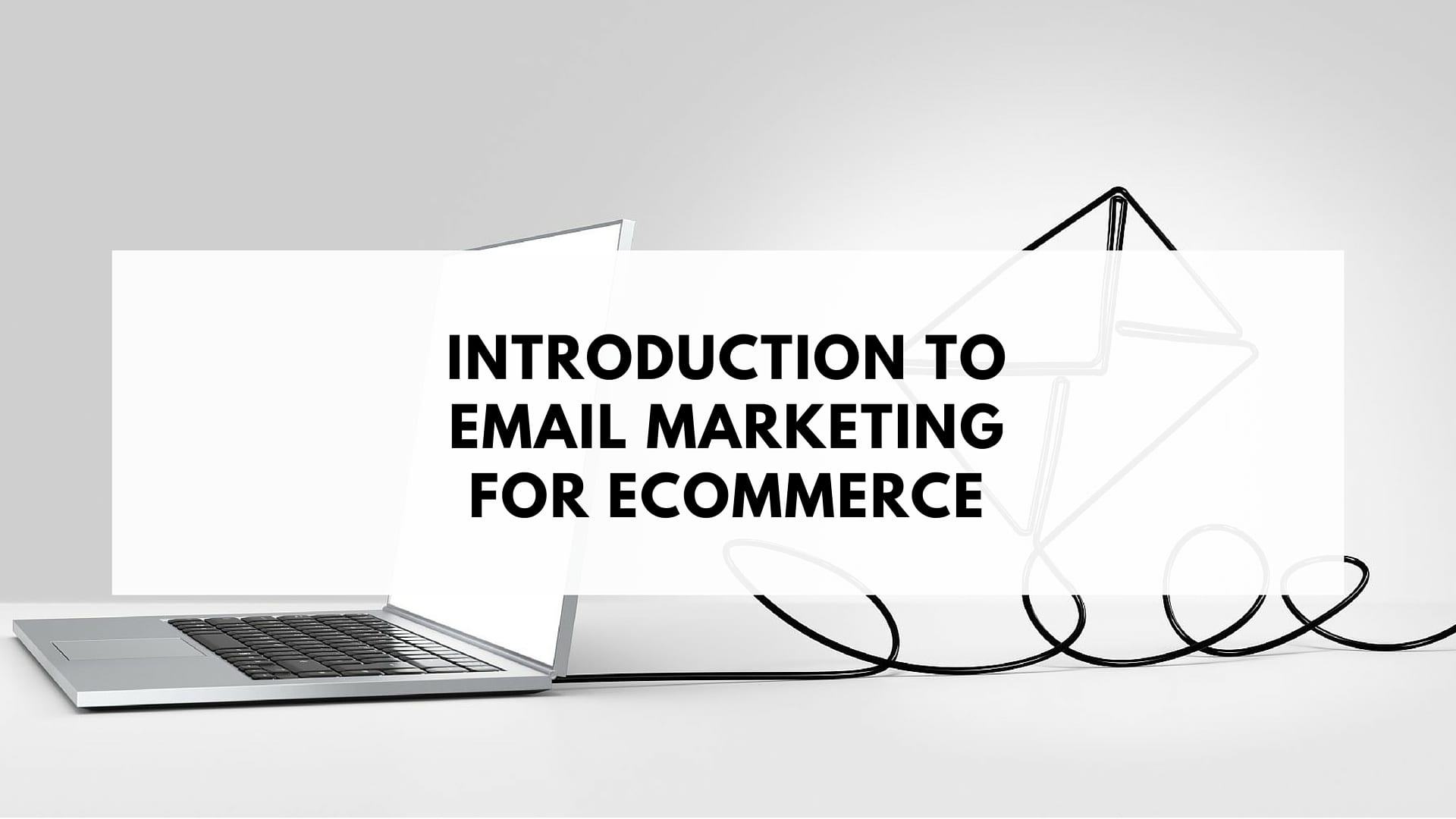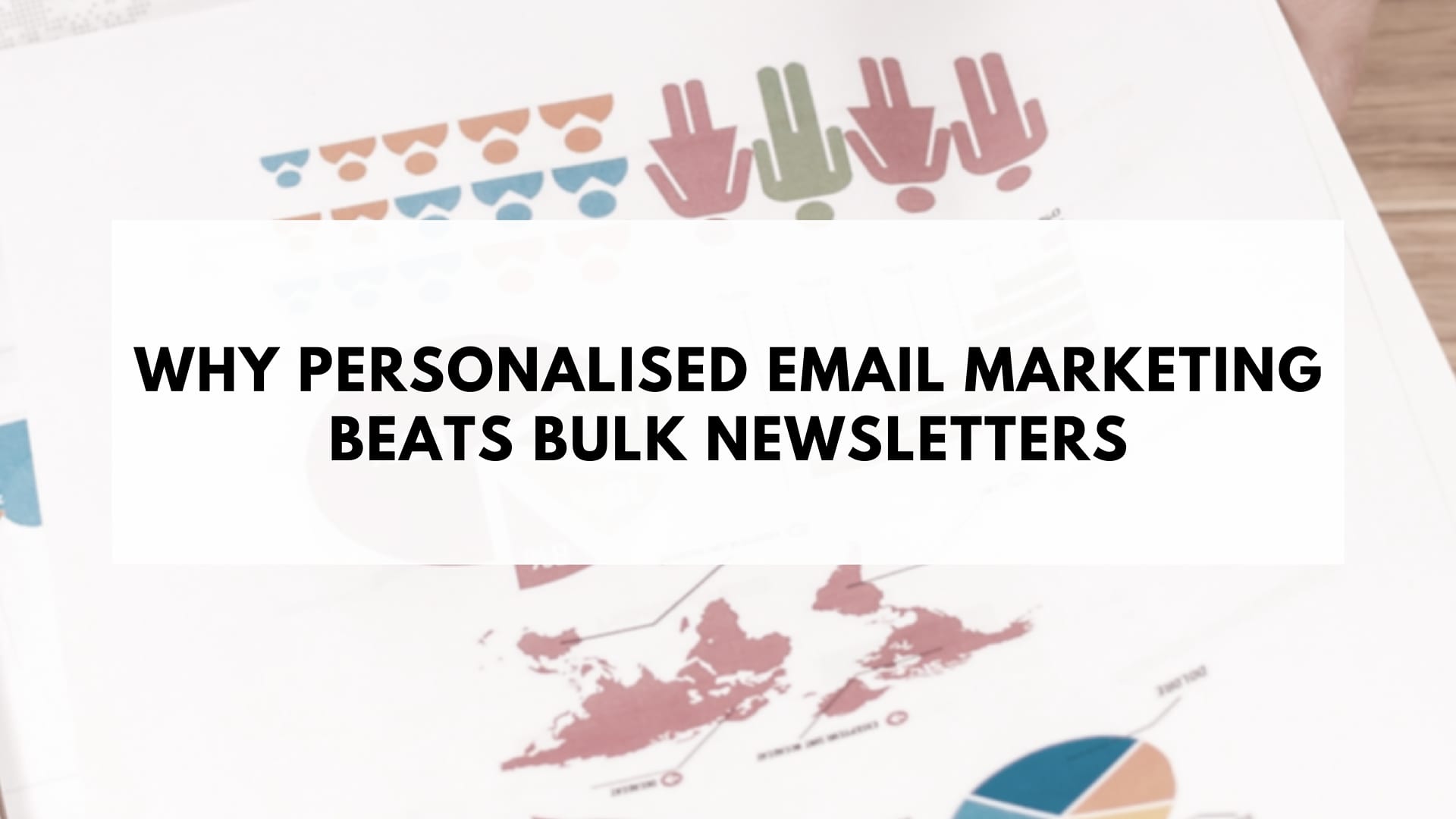The art of the cross-selling is what separates the “I’m doing just fine” businesses from the “I’m freaking crushing e-commerce. I’m gonna buy a yacht” businesses.
Do you want to own a yacht? Of course you do.
In this article, I’m going to cover the art of cross-selling like a pro using email marketing. I will teach you:
- what cross-selling is and why you should do it
- examples of e-commerce cross-selling
- when to cross sell
- growth hacks tips
Now, let’s go get you that yacht.
What is a cross-sell and why should you do it?
Cross-selling is the process of offering a customer additional products that complement what they have bought or are about to buy.
For example, if you have ever bought a pair of leather trainers, the shop assistant will ask if you’d like to buy their super-duper awesome leather shoe cleaner for $9.95. This is a cross-sell.
If you’ve bought a laptop before, then when the shop assistant asked you if you’d like to buy a laptop bag, mouse, and anti-virus software, this is cross-selling.
Cross-selling achieves two things:
- Increases your average order value (AOV)
- Generates awareness about other products your store has
Depending on the layout of your online store, the Internet skill of the customer, and whether they are on a mobile or desktop device while browsing, it could result in them missing a number of products that they would actually be interested in.
Cross-selling helps to alleviate this issue while allowing you to scale your business.
Cross-selling can increase your customer retention by 10% and your company’s value by as much as 30% if done correctly.
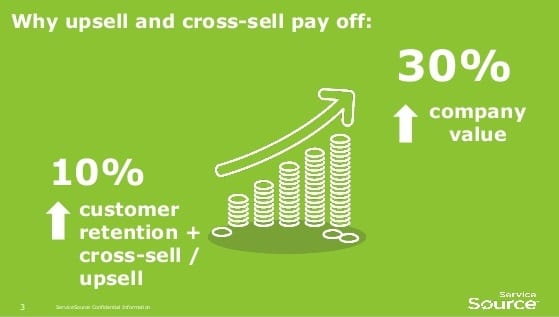
Cross-selling should not be confused with up-selling.
Up-selling is when you get the customer to buy a better version of the product. For example, upgrading to business class from economy is an up-sell, not a cross sell; changing your order from a cheeseburger to a Big Mac is an up-sell.

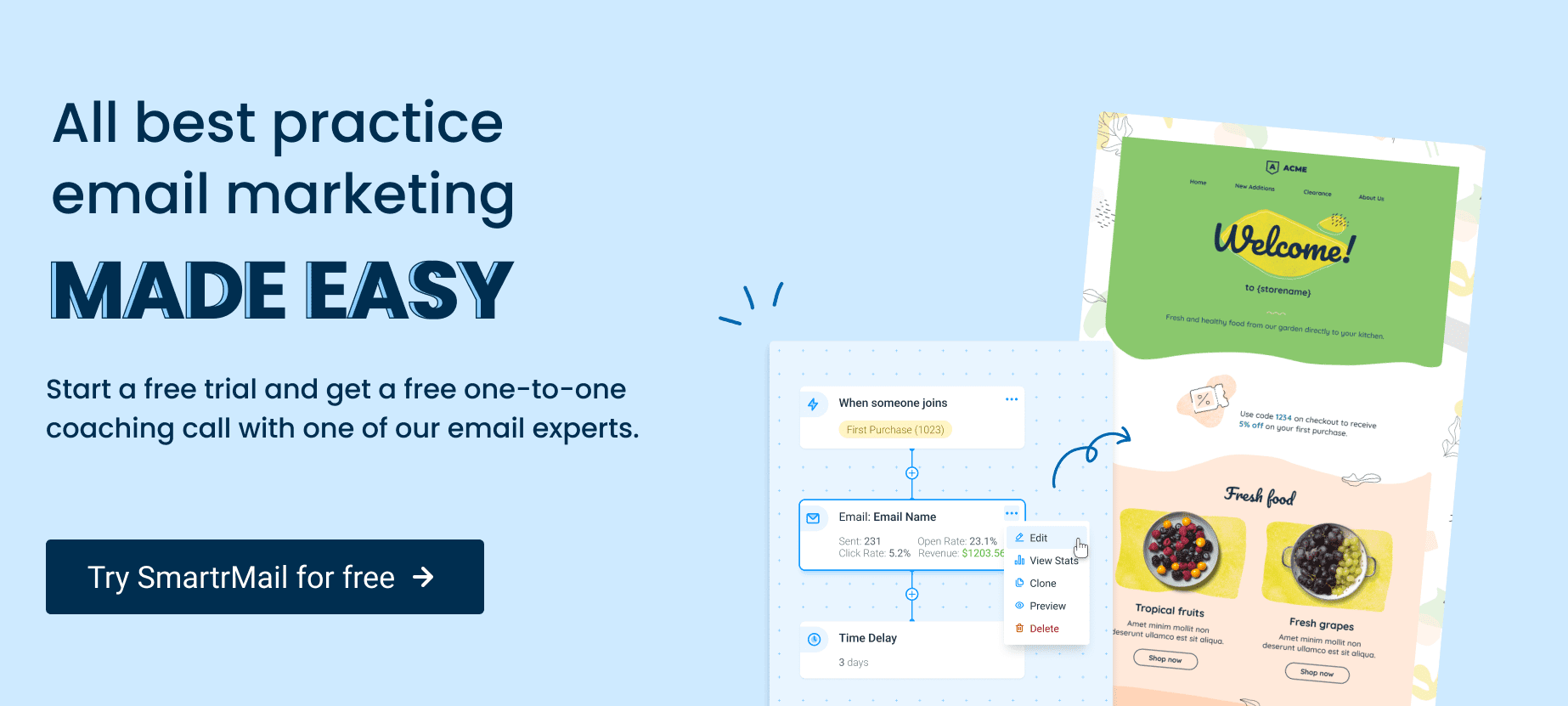
Real-life examples of cross-selling via email
There are a number of ways you can cross-sell through email marketing, and they can take place at various stages of the customer journey.
For example, you can cross-sell before customers have made a payment, after they have made a payment but before delivery (giving them a chance to add more items), or after ordering.
The most obvious cross-sell is to suggest items to buy based on a customer’s previous orders.
This email from Terrain is sent to customers who have bought home and garden products in the past:

This is the entry level to cross-selling, sending your customers emails of products based on their past orders.
Terrain also offers house and home products, but focus their email on gardening. This validates to me that they segment their customers based on their buying behavior to show them relevant cross-sells.
A lesser used cross-sell is the abandon cart cross-sell.
This is when a customer adds products to their carts but doesn’t reach the checkout.
Here’s a good example from Ralph Lauren. They email customers, letting them know they can still order their pullover, and in the footer of the email cross-sell boxers and socks.
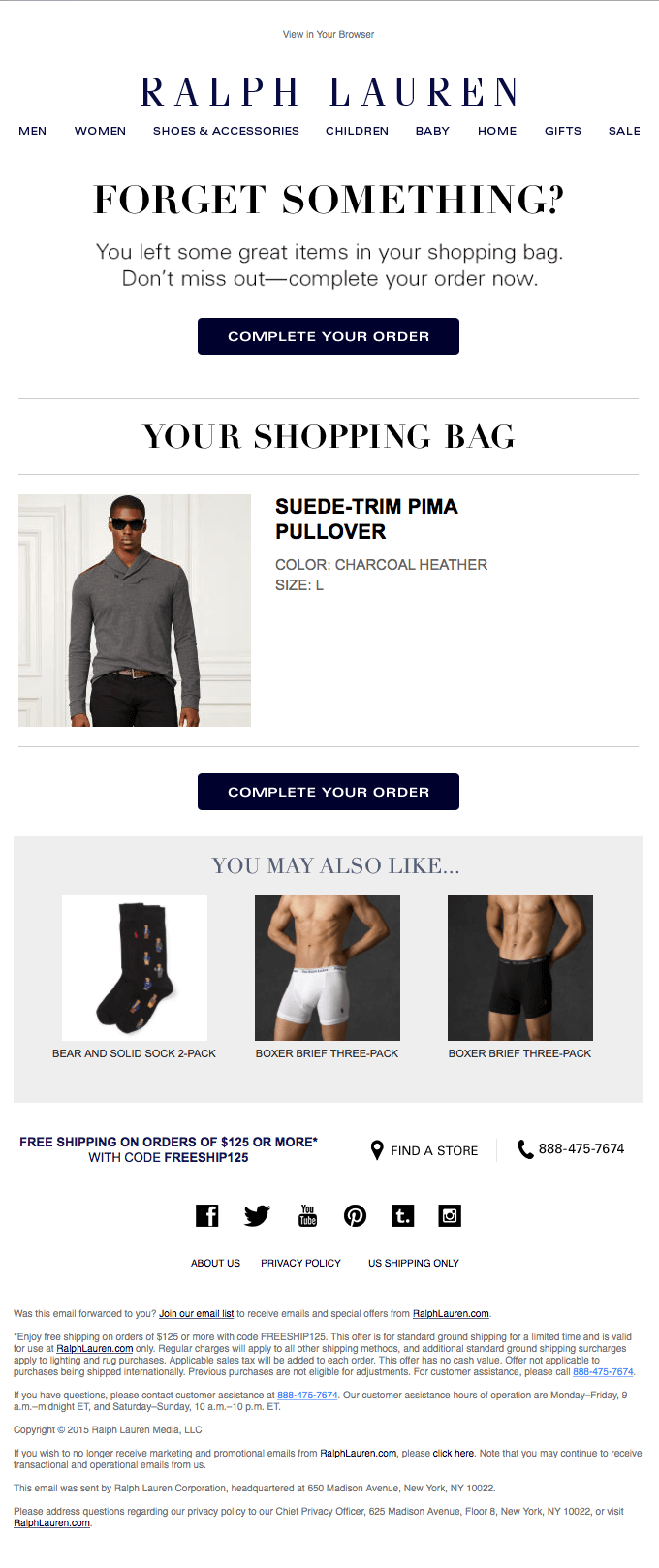
Placing a male clothing product in the cart suggests that the customer is either a male or is shopping for one, and so Ralph Lauren cross-sells with relevant male-related clothing.
Use SmartrMail to send your Cross Sell Emails today
? Install SmartrMail and Automate your cross sell emails ?
Gilt take a similar approach, but they completely get their cross-selling wrong.

The middle part of their emails showing other belts and shoes are actually down-sells, as the prices are exactly the same as their cart items or less. The bottom part of their email is the cross-sell, which doesn’t make much sense.
Why would someone who is looking at men’s belts and shoes be interested in cookware, traditional furniture, and women’s handbags or clothing?
A cross-sell only works if the items you’re trying to cross-sell are personalized to the shopper. There’s a reason shop assistants in Foot Locker ask you to buy leather shoe spray and not DVDs or protein shakes after choosing your trainers.
Personalize the cross-sell.
My favorite cross-sell is when the customer has placed and paid for their order, but they still have time before delivery to add more items. Dollar Shave Club send out this amazing email to generate awareness for items that cross-sell nicely with the shaver cartridge ordered:
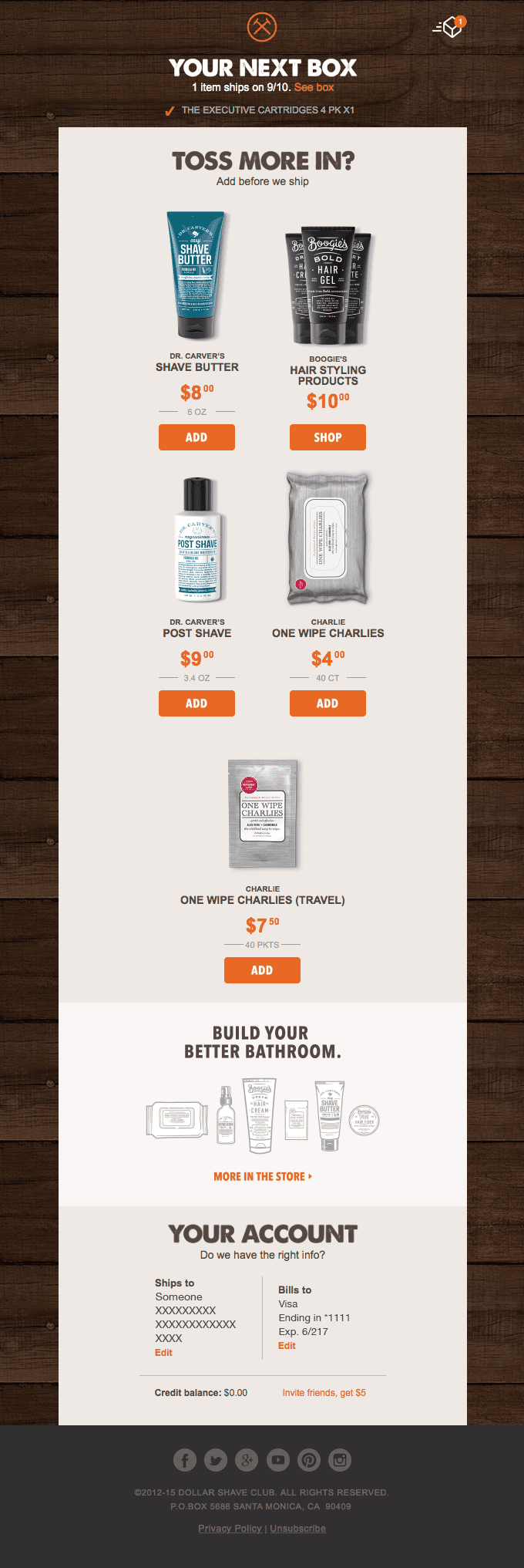
The email specifies the date the customer’s order will be shipped, adding urgency to their cross-sell.
Sometimes customers don’t feel like ordering again right away if you offer delivery charges, thinking to themselves:
“Well, I just paid $7 delivery for my last order, so I don’t want to buy this so soon and pay another $7 delivery. I’ll just wait a little while till I want to buy more things.”
This email removes that worry and helps you to increase your average order value.
Another common cross-sell email is the post-sale email. This is when you send the customer an email offering accessories for the item purchased.
In the email below Best Buy suggest a number of relevant products to go with the customer’s new camera:

It’s simple, and they show all relevant product categories that tie in with the item purchased.
A less conventional way of cross-selling is to ask customers to buy a new product and immediately cross-sell them with other products that match the core product.
Using Dollar Shave Club as an example again, in the email below they show their new travel bag and then suggest items customers can purchase to put inside the bag:

Again, I love this because the whole point of buying a travel bag is to put items inside the bag. Customers will need to buy shaving cream, moisturizer etc., so why not get it all from a single place?
All these examples (except Gilt) follow the same principles: they show relevant cross-sells that are attached to the core product customers are ordering or have ordered.
Sign-up to our newsletter and receive a free Calendar with all the most important key eCommerce dates that you shouldn’t miss in 2024
How and when to cross-sell
There’s no right way to cross-sell. The items you sell, customer behavior, and how you set up your sales funnel will all impact which type of email copies you can use.
For example, if your average purchase frequency is long (50+ days), then cross-selling after the customer has checked out and received their item will have a low conversion rate due to low purchase frequency.
In this situation, it could be beneficial to send a cross-sell email immediately after a customer orders, with items they can add to their current order (like the Dollar Shave Club example).
If customers are ordering more frequently (fewer than 30 days), then you can go ahead with product recommendation emails based on previous orders like Terrain or Best Buy.
Your delivery fee and delivery time will also impact whether you should cross-sell before or after delivery. You may want to test cross-sells by offering free delivery if you charge for handling to see if that can increase your conversions.
Chances are you’ll need to test various email types to find out what works best, as no two businesses will be the same.
You don’t have to cross-sell every item
When business owners first understand the art of the cross-sell, dollar signs appear in their eyeballs and they think of cross-selling everything.
You don’t want to cross-sell every item; not only will you need to create hundreds of emails, but it’ll also not be profitable or a good investment of your time.
I like to use the top-down approach when cross-selling.
Depending on the size of your e-commerce store and email list, select the top 5-15 products in your store and create cross-sell emails for each item.
Measure their performance, tweak the copy, and test a number of cross-sell items. Once you’re happy with everything and see a positive ROI, then go and find the next 5-15 popular items and repeat the process.
If you decide to cross-sell every item, then you’ll end up spamming your customers with too many emails.
Understand the laws of cross-selling
When creating your cross-sell emails, make sure you adhere to the following laws:
Don’t be greedy – If the customer checked out an item for $100, you don’t want to cross-sell with an item worth $500. Your cross-sell should be a fraction of the price of the main item.
For example, if someone buys a pair of shoes for $100, then socks and laces are low value items that complement the core product well without giving the customer too much to think about.
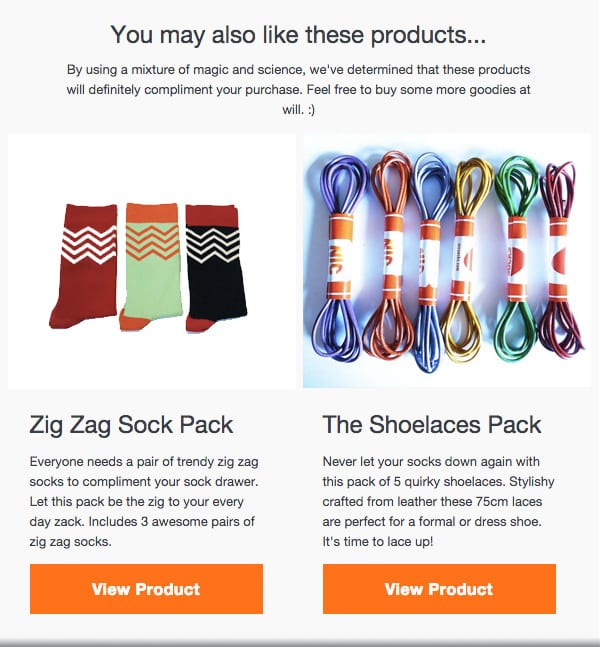
Pair your products – When you created your e-commerce store, you should already have paired your products. For example, when a customer adds an item to their cart, you should have items in your store that complement the item selected.
It’s unrealistic to pair every item, but your best sellers should have pairings. If they don’t, then you may need to sit down with your team and brainstorm new items you can pair or need to add to your store.
However, don’t force the pairings, because this can end up making your cross-sell irrelevant.
Make it easy – People order online because it’s easy, simple, and fast. Cross-selling has to follow the same principles.
For example, if you’re cross-selling before a customer’s order has gone out, then adding more items to their cart shouldn’t be difficult. They shouldn’t need to re-enter their card details, shipping address, or add previous items back to their cart.
As a general rule of thumb, if it takes the user more than four clicks to purchase your cross-sell, it’s too hard.
If your store isn’t so fluid to allow easy cross-selling, consider building items together within your store, allowing for smoother customer experience.
Less is more – Too much of anything is a bad thing, including choice. Don’t offer too much choice in your cross-sell. When showing product cross-sells, don’t show more than three items at the most.
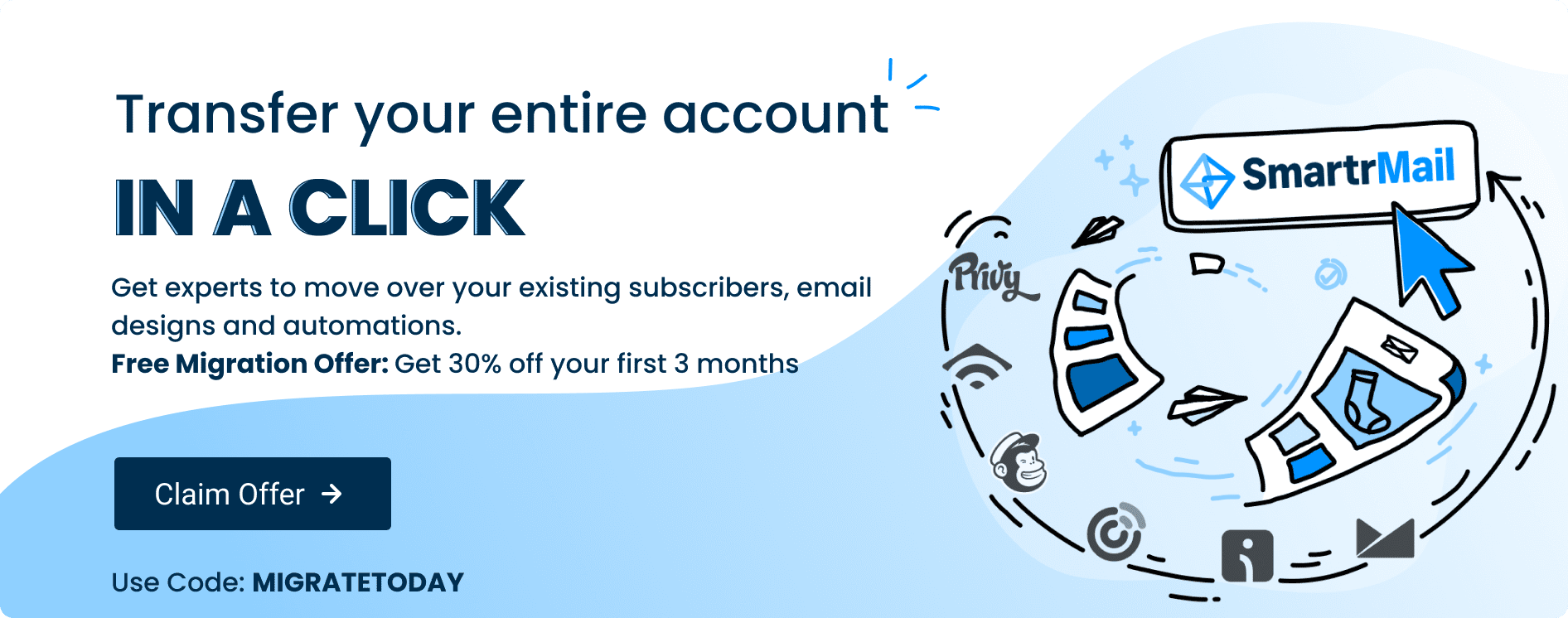
Summary
Now you’re ready to sign up to YachtWeekly.com.
Like most things with email marketing, once you set up your email templates, your entire cross-sell strategy can run on auto pilot.
By using SmartrMail, you can create templates in minutes that pre-populate product items in your store based on a customer’s buying history, making the art of cross-selling like a pro even easier.
Cross-selling can greatly improve your store’s revenue with minimal effort once the emails are set up.

